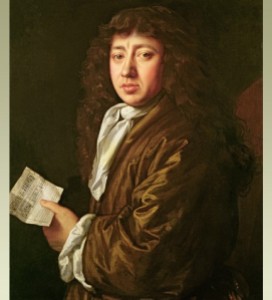Stonehenge, a lonely set of standing stones surrounded by clusters of barrows.
The site appears to have been evolved from around 3000BC to 1600BC.
The earliest version of the site, a ditch and earthwork, might have been surrounded by a wooden palisade, possibly with stones having been brought from as far as Wales to act as grave markers.
After time some sort of cremation building was erected on the site, followed by an avenue that might have been used for rituals marking rising sun during the solstice. In fact, the idea of Stonehenge’s use for astrology is still hotly debated amongst archaeologists, even contributing to the specialised field of Archaeo-astronomy.
The first theory that Stonehenge was a computer came from before 1740 and was still being championed in 1965. William Stuckley, the first archaeologist to suggest that Stonehenge was a tool for tracking and measuring astronomical phenomena, noted that the structure has a north-east facing earthwork called ‘The Avenue’, which terminates with the sun almost rising above a stone known as ‘The Heelstone*’ on the morning of the midwinter solstice (although skeptics point out that the sun won’t rise precisely over the stone until the year 3260AD, which would be a strange thing for neolithic builders to be marking… unless it’s the year day when great Cthulu rises to eat us all). Other archaeologists, like C.A. Newham, put a lot of meaning in a set of postholes (or possibly just the cavities left by tree roots) when the monument’s car park was extended in 1966, believing that they were useful for tracking a number of solar and lunar phenomena.
Other Astro-archaeologists have raised astronomical links with the Station Stones, a vaguely rectangular arrangement of stones just outside the main part of the monument. Alexander Thom and others have argued that it’s possible to make no fewer than eight astronomically significant sight-lines using the stones, although Christopher Chippendale, in Archaeology, a magazine published by The Archaeological Institute of America, said that modern research has revealed that only three of those sight lines were astronomically relevant, and two of those lines were perpendicular.
One of the most interesting, and macabre, factors of the uses of Stonehenge as an astronomical tool relates to the Aubrey Holes, compacted chalk pits discovered by the 17th century antiquarian John Aubray, who found that there were bodies buried in the pits; a New Zealand-based researcher has also found that the holes – with knowledge of the moon’s movements and how lunar phases affect the sea – can be used to predict tides in the English Channel with uncanny accuracy. Were the dead some sort of sacrifices to the gods of Astronomy, or to the moon?
READ MORE ON THE SPOOKY ISLES
 This post comes with apologies for my not having posted anything last week. I was giving a rather fun lecture on Prospero at the Rose Playhouse, Bankside: a fantastic archaeological trust that also manages to be a working theatre (despite not being allowed to have toilets, and having very strict rules against heating). I gave the talk with a skilled and patient actor friend, Suzanne Marie, and pending permissions I hope to make the whole thing available on Sound Cloud.
This post comes with apologies for my not having posted anything last week. I was giving a rather fun lecture on Prospero at the Rose Playhouse, Bankside: a fantastic archaeological trust that also manages to be a working theatre (despite not being allowed to have toilets, and having very strict rules against heating). I gave the talk with a skilled and patient actor friend, Suzanne Marie, and pending permissions I hope to make the whole thing available on Sound Cloud.







